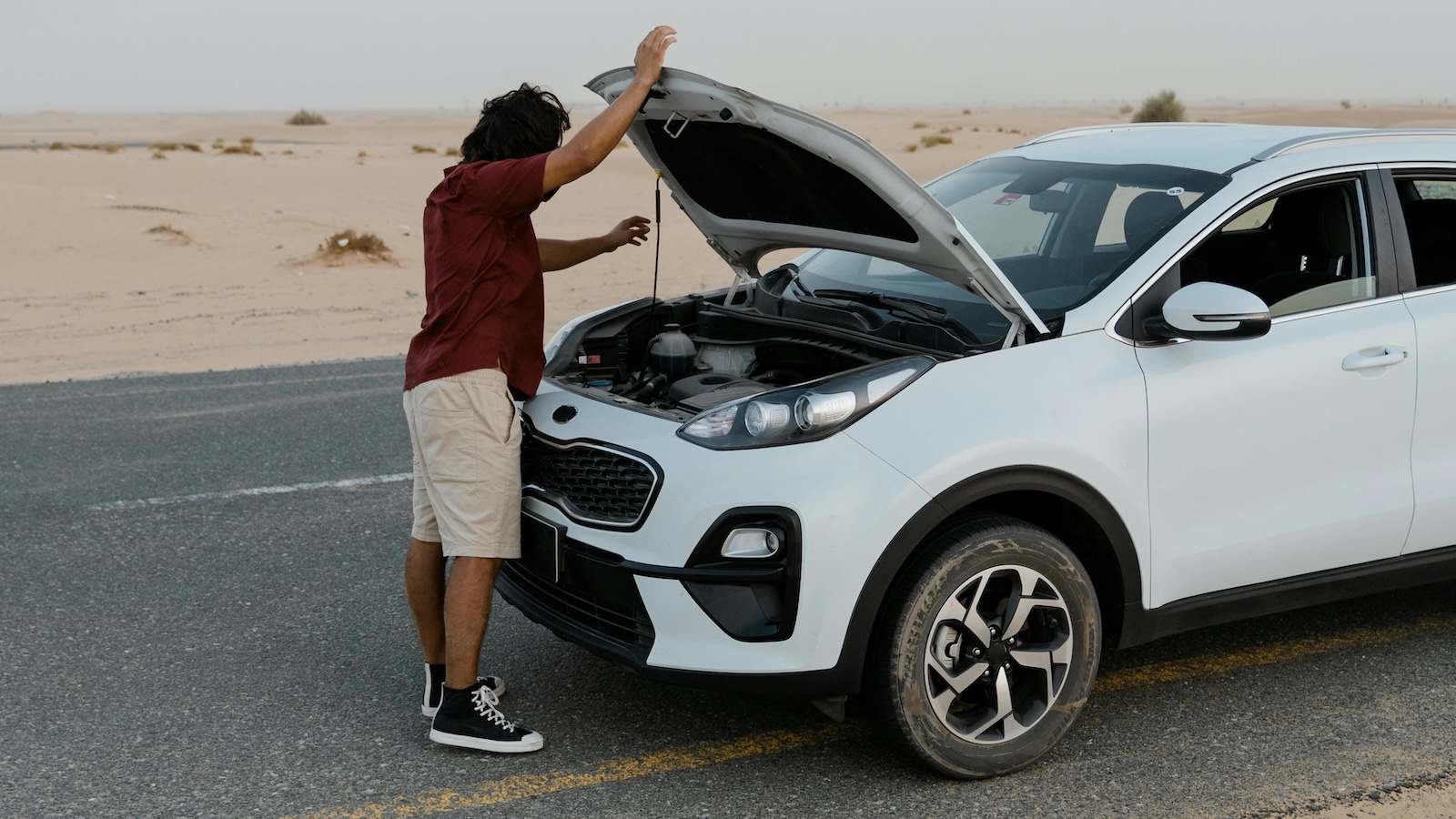Electric cars are spreading across the nation. Interest in electric vehicles (EVs) has grown naturally among environmentally conscious drivers over the past two decades. As drivers consider the cost of EVs, some questions remain on their cost to insure, but government incentives could persuade drivers of the long-term benefits of EVs once and for all.
In light of a recent August 2022 California law that will entirely ban the sale of gasoline cars in the state by 2035 -- dubbed the Advanced Clean Cars II rule -- the auto industry is in for a shakeup. Washington, Massachusetts, New York, Oregon and Vermont are expected to follow California’s new law in the coming years.
As California sets high product safety standards and regulations, auto manufacturers have begun following its laws as an all-inclusive way of abiding by industry standards nationally. Consumers are more likely than ever before to consider purchasing an electric vehicle (EV) but are still wondering about hidden costs. Those lingering financial questions have left uncertainties as to the long-term impact of EVs on the marketplace.
Consumer Demand for EVs
The first mass-produced hybrid hit the market with 1997’s Toyota Prius. Today, consumers can pick from a wide range of auto manufacturer EV options, from popular brands like Mercedes-Benz and Hyundai, to EV specialists like Tesla and Rivian.
The early adopters of electric vehicles were environmental hobbyists with a strong motivation to ditch gasoline. Among the greatest challenges for those early customers, beyond the price, was how to find a charging station to accommodate the relatively short range of electric vehicles at the time. Development of charging infrastructure took off between 2009 and 2013, creating 8,000 public charging stations across the nation.
Electric vehicles are now the fastest-growing segment of the auto market in the U.S. In the first nine months of 2021, sales for trucks and conventional gasoline cars fell by 15%, and electric vehicle sales rose 70% from the previous year.
Gasoline savings via electric vehicle use vary state by state, with high savings in areas of elevated gas prices. Consumer Reports estimates EV drivers save between $1,800 and $2,600 in operating and maintenance costs for every 15,000 miles driven.
Other incentives are available this year to encourage purchase of electric vehicles. In 2022, the U.S. began offering a tax credit for the purchase of an electric vehicle, crediting up to $7,500.
Insuring Electric Vehicles
While saving money at the gas pump is clear, insurance costs could be another story. Electric vehicles are more difficult and costly to repair or replace compared with gasoline vehicles – meaning the cost to insure is raised compared with conventional gas vehicles.
On one hand, electric vehicles have simpler mechanisms compared with gas vehicles. There are fewer components that could go wrong and an easier diagnostic process.
On the other hand, qualified facilities to repair electric vehicles are few and far between. It takes time to accumulate mechanics with the skills needed to repair electric vehicles across the nation, and the necessary amount of experts has not yet caught up to the market. For electric vehicle owners and insurers of electric vehicles, the cost to repair comes with a higher service charge, in addition to a higher cost, for replacement parts.
The cost to replace also carries a high burden on insurers. If an electric vehicle is totaled and an insurer is expected to replace the vehicle, the high cost of the vehicle is passed to the insurer.
Over time, these challenges are due to fade away. Between state regulations, federal tax credits and a growing interest in gasoline savings, insurance for electric vehicles is very likely to adjust to a new market in the near future.
See also: Why Are So Many Dying on U.S. Roads?
Reducing Costs to Insure
Insurers today offer a plethora of ways to reduce the cost to insure.
One of the most popular ways insurers offer savings is through safe driving benefits. To qualify for safe driving benefits, the driver may download an app to record hard brakes, fast acceleration, phone usage, drive distance, drive time of day and drive location. These figures help the insurer compare the driver to a similar pool of drivers and rewards safe driving habits with lower rates.
Many insurers highlight savings in gas, as well as tax rebates and credits, to help offset the cost of purchasing an electric vehicle.
Bottom Line
The cost to purchase an electric vehicle has dropped in recent years as more auto manufacturers are now producing a variety of different vehicle models. Interest in electric vehicles has risen through increasing motivations to be both environmentally conscious and a desire to cut fuel costs. As more electric vehicles are purchased, the skills to repair electric vehicles become more commonplace.
The cost to insure an electric vehicle follows the market, offering coverage based on cost to repair or replace the vehicle. In light of California's Advanced Clean Air II rule and federal incentives to purchase an EV, insurance costs are due to adjust as the market for electric cars and trucks grows.







